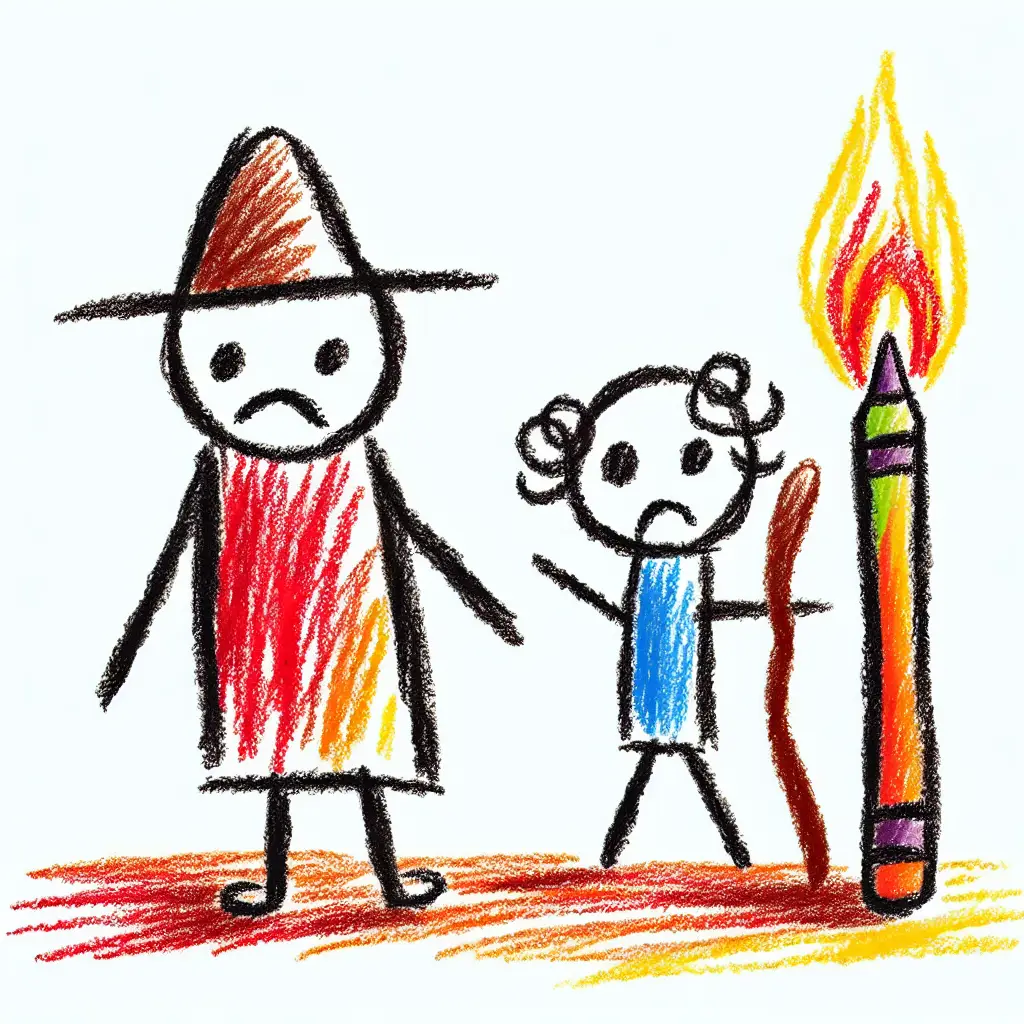The Artwork That Spawned 9/11 Conspiracy Theories and Mystery

Explain Like I'm 5
Imagine you and your friends built a secret treehouse in a very tall tree, and you weren't supposed to do it, but you did anyway because it was fun and exciting. Then, something really bad happened at that tree a year later, and because you built that treehouse, some people started thinking maybe you knew something about the bad thing that was going to happen. That's kind of what happened with an art group called Gelitin. They secretly made a little balcony on a very high floor of a very big building called the World Trade Center. They did this just for art and fun. But then, a year later, something very sad happened when two airplanes hit the building. Because of the secret art, some people started making up stories that Gelitin knew something about the attack, which wasn’t true.
Explain Like I'm 10
A long time ago, an art group named Gelitin did something pretty wild. They secretly built a small balcony on the 91st floor of the World Trade Center in New York. They didn’t hurt anyone; they just wanted to make something cool and surprising. People only found out about it after they took it down. But then, a year later, a very sad and big event happened when two airplanes crashed into the World Trade Center on September 11, 2001. Because Gelitin's artwork was unusual and secretive, some people started creating stories, saying maybe this art group knew about the attacks before they happened. These stories turned into conspiracy theories, which are like rumors that grow bigger and bigger, even though they aren’t true. It shows how sometimes, when something very unexpected and tragic happens, people try to make sense of it by connecting dots that aren't really connected.
Explain Like I'm 15
In 2000, an Austrian art collective known as Gelitin performed a secretive art installation on the 91st floor of one of the World Trade Center towers. They built a balcony, a sort of unauthorized extension from the building, and it was all done covertly, without permission. They took photos from this balcony, then quietly dismantled it, and their stunt remained largely unknown until after it was taken down. However, when the tragic events of September 11, 2001, occurred, with terrorists crashing planes into the World Trade Center, the prior existence of this balcony spawned numerous conspiracy theories.
People began to wonder if Gelitin's act had any sinister foreknowledge of the attacks, largely because their installation involved sneaking into a high-security area and because it happened so close in time to the attacks. This is a prime example of how, in the wake of a disaster, people seek explanations, sometimes linking events that are merely coincidental. Conspiracy theories often arise from a need to find order in chaos, attributing complex, sometimes nefarious, explanations to what are often random or unrelated events. The situation with Gelitin shows how art, secrecy, and timing can fuse into a narrative that veers away from artistic expression into the realm of conspiracy. While there’s no evidence to support any foreknowledge by Gelitin, the mysterious and dramatic nature of their work made it a fertile ground for such theories. It’s a poignant reminder of how art can be misinterpreted and woven into the fabric of historical events in unexpected ways.
Want to read the original story?
View Original Source